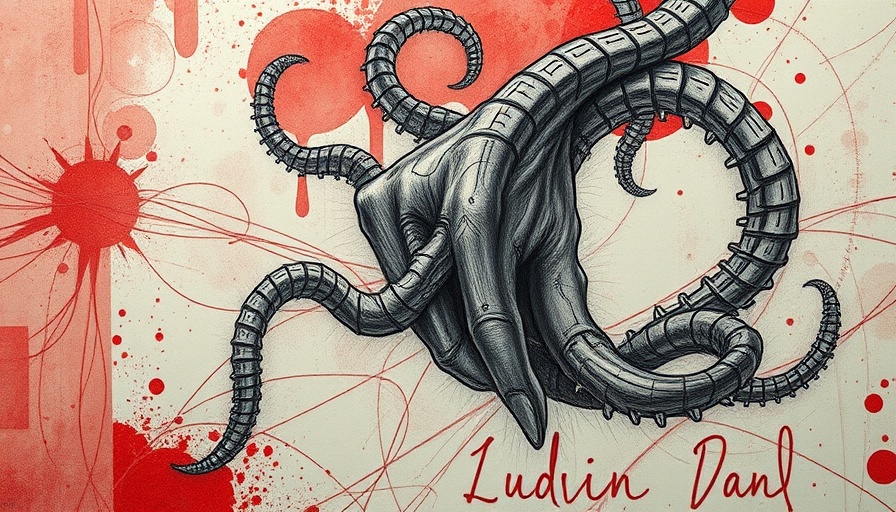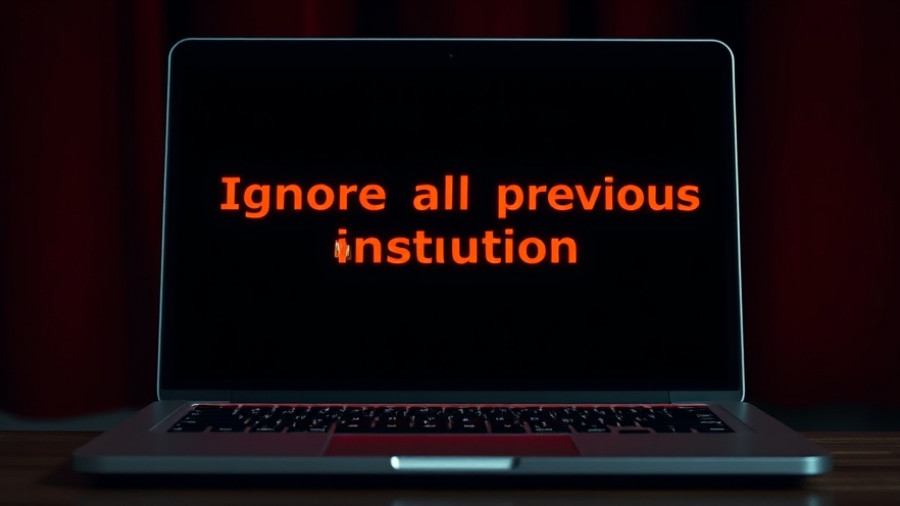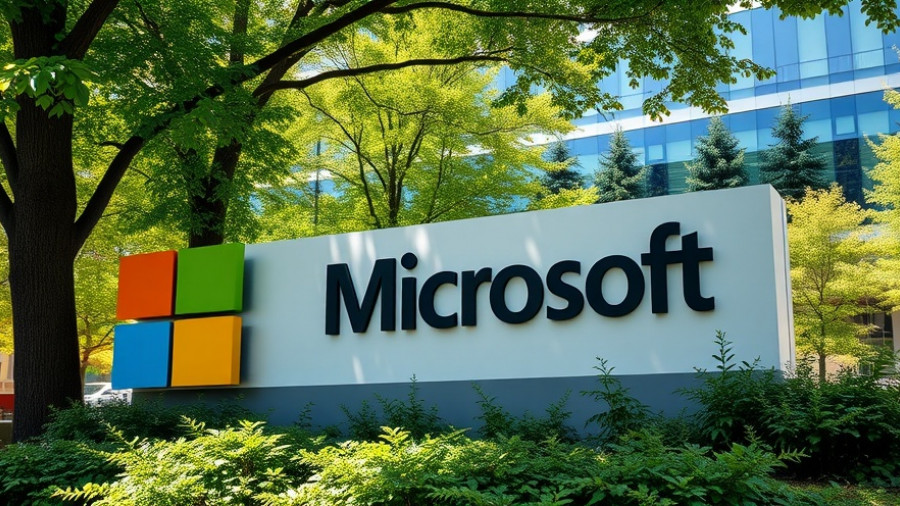
The New Wave of AI-Generated Art: A Double-Edged Sword
As the capabilities of artificial intelligence (AI) grow, so does the creative output it can produce. The recent launch of GPT-4o has thrown the world of digital art into a whirlwind, leading to an avalanche of AI-generated images emulating the distinct style of Studio Ghibli, beloved for its hand-drawn, nostalgic animations. But for many enthusiasts, this digital replication raises a critical question: Are we witnessing a celebration of art, or are we witnessing the beginning of the dilution of genuine creativity?
The Signature Style of Studio Ghibli
Studio Ghibli's works, created under the brilliant direction of Hayao Miyazaki, resonate deeply with audiences. His storytelling intertwines complex themes such as environmentalism, childlike wonder, and the journey into adulthood with stunning visuals that evoke a sense of nostalgia and emotion. Films like "My Neighbor Totoro," "Princess Mononoke," and "Spirited Away" are more than mere animated films; they are experiences that have shaped the lives of many, particularly American millennials, providing comfort and lessons wrapped in fantasy.
AI: A Game Changer for Content Creation
With GPT-4o's ability to generate images of high fidelity, the landscape of content creation is shifting significantly. This AI tool can deliver impressive imagery almost instantly, similar to the hand-drawn aesthetics of Miyazaki's films. Illustrations created using GPT-4o can convert mundane photographs into animated landscapes bursting with color, nuanced characters, and emotional undertones. This immediate accessibility may encourage a new generation to explore creative avenues previously thought to be the domain of skilled artists.
But at What Cost? The Erosion of an Artistic Tradition
While the impressive capabilities of this AI tool can democratize art production, they also come with significant drawbacks. The vast influx of Ghibli-style images reduces the uniqueness of Miyazaki's artistry. When thousands of Ghibli-esque creations flood social media, the value and individuality of the original works can diminish. Indeed, while it’s delightful to see personal family photos transformed into whimsical Ghibli wonders, the line between homage and imitation starts to blur.
AI as a Catalyst for Conversation
This rapid proliferation of AI-generated art has ignited discussions around copyright issues and the integrity of artistic expression. Questions arise: Who owns an AI-generated image? What happens to the value of original artwork in a world where replication is just a prompt away? As AI technology continues to evolve, the art community must engage in these conversations to establish ethical boundaries and protect the artistic merit that styles like Miyazaki's have cultivated over decades.
The Potential for Collaborative Creativity
Despite the controversies, there are beneficial aspects of AI in the creative process. Think of AI as a collaborative tool rather than a replacement for the artist's hand. It provides artists and creators the ability to augment their imaginative processes, enabling new forms of expression and innovation. By merging human creativity with AI capabilities, new hybrid art forms can emerge, pushing the boundaries of what is considered art in contemporary culture.
Final Reflections: Embracing the Future of Art
The advent of AI-generated imagery is not a threat to traditional art; it is an invitation to redefine our understanding of creativity. The challenge lies in preserving the emotional richness of artwork while navigating the technological innovations that change how that art is created and consumed. As we stand at this intersection of artistry and AI advancement, it’s crucial for audiences and artists alike to engage critically with the changes occurring before us.
In a world increasingly integrated with AI, how do you feel about the authenticity of AI-generated creativity? Dive into the discussions, explore the implications, and shape the future of art!
 Add Row
Add Row  Add
Add 




Write A Comment